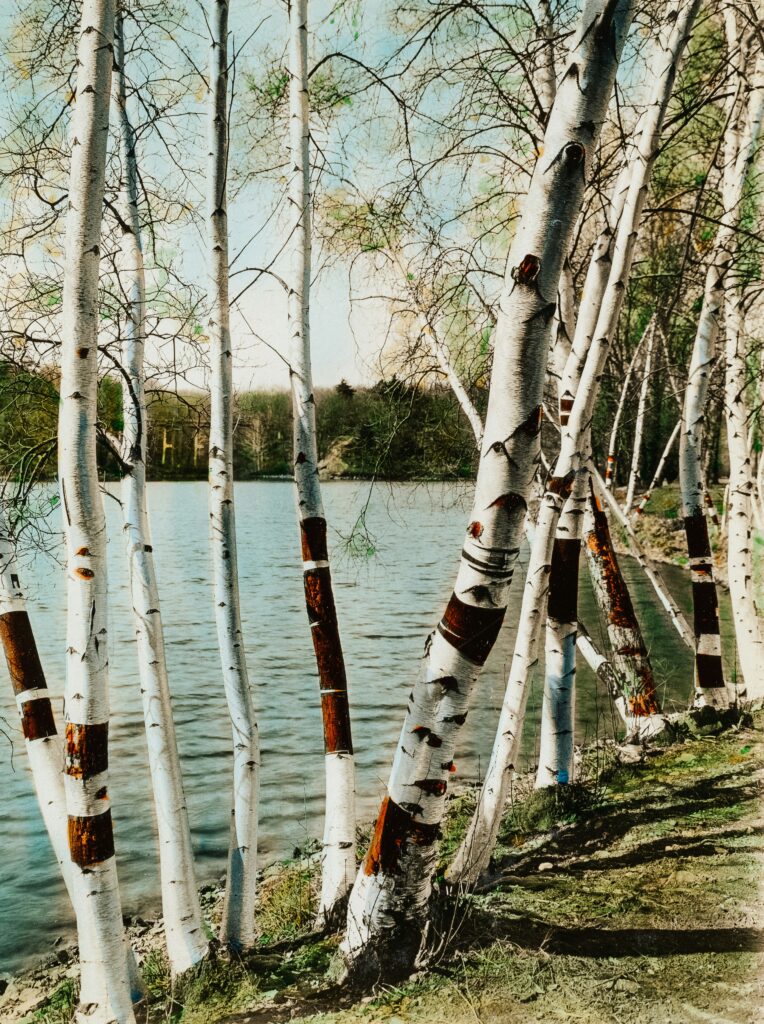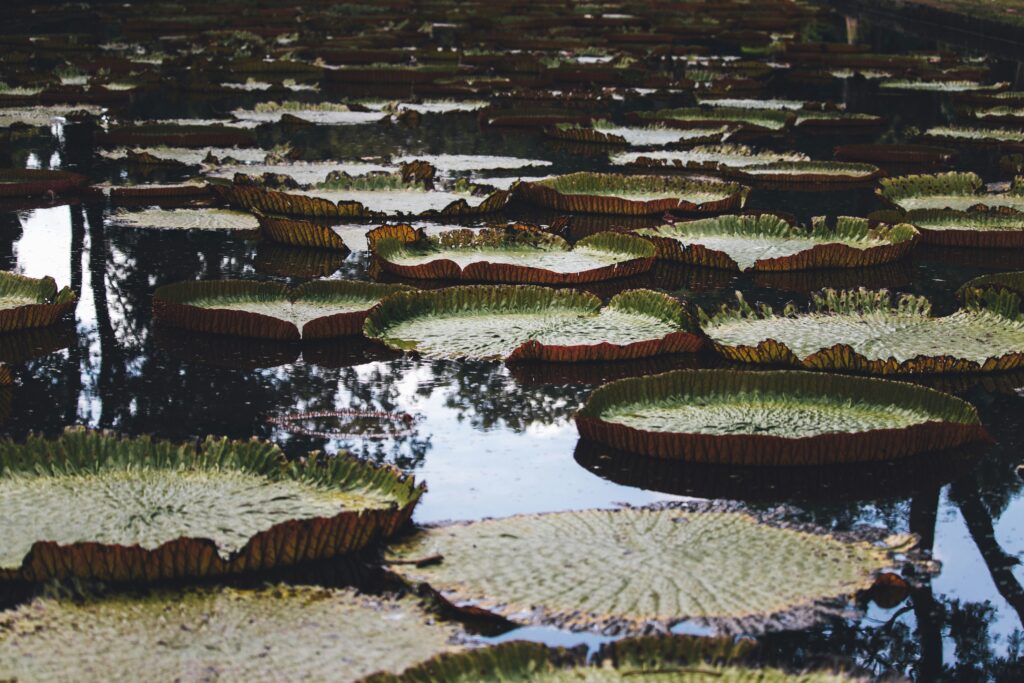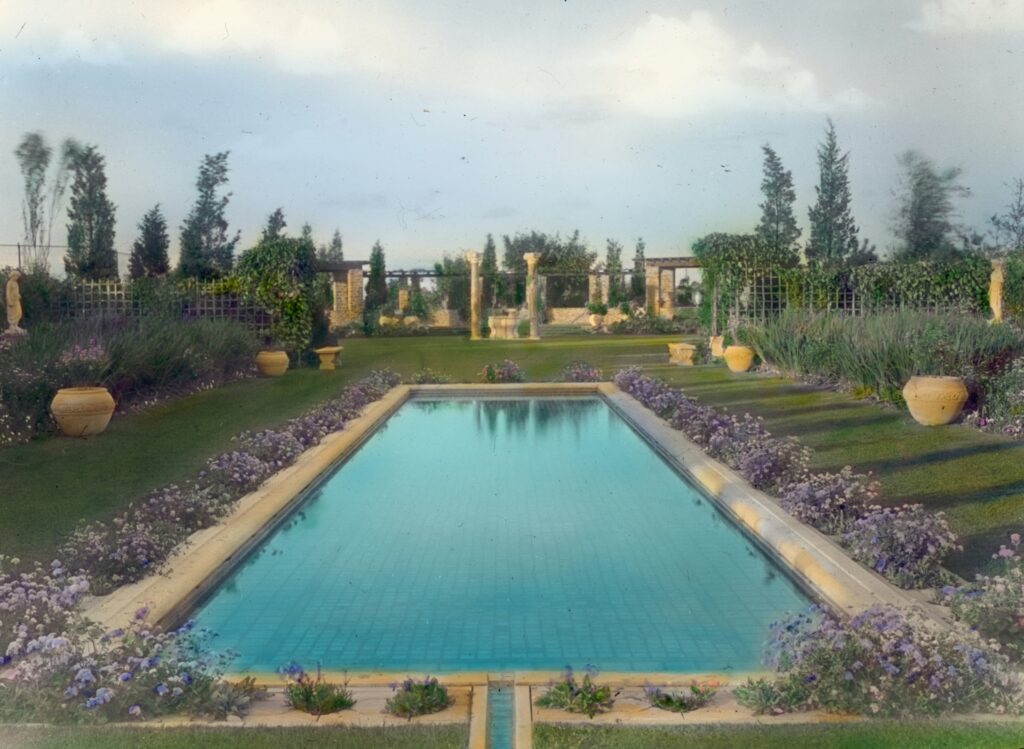What Is A Cheap Alternative To A Pond Liner If you’ve always dreamed of having a beautiful pond in your backyard but are deterred by the cost of a traditional pond liner, we have great news for you. There is an affordable alternative that can help you create your dream pond without breaking the bank.
We will explore a budget-friendly option that provides effective waterproofing and ensures the longevity of your pond. Say goodbye to expensive pond liners and say hello to a cost-effective solution that will bring your backyard oasis to life.
Using a Pre-formed Pond
Benefits of using a pre-formed pond
A pre-formed pond is a convenient and affordable alternative to a traditional pond liner. The main benefit of using a pre-formed pond is that it is already shaped and designed to hold water, making installation much easier and quicker.
These ponds are also available in various sizes and shapes, allowing you to choose the one that best suits your space and aesthetic preferences. Additionally, pre-formed ponds are usually made from durable materials such as fiberglass or plastic, ensuring their longevity and resistance to punctures or leaks.
Choosing the right pre-formed pond
When selecting a pre-formed pond, it is important to consider the size and shape that will fit best in your garden or yard. Measure the available space and consider the surrounding landscape and plants to determine the most suitable design.
You should also consider the depth of the pond, as this will impact the types of plants and fish you can accommodate. Additionally, check the quality and sturdiness of the pre-formed pond, ensuring it is made from durable materials that can withstand the elements and potential wear and tear.
Installation process
Installing a pre-formed pond is relatively simple and can typically be done by following a few easy steps. First, prepare the ground by removing any rocks, debris, or plants. Ensure the ground is level and compacted to provide a stable foundation for the pond.
Place the pre-formed pond in the desired location and adjust its position until it is level. Backfill the surrounding area with soil, tightly packing it around the edges of the pond to stabilize it. Finally, fill the pond with water and add any desired plants or fish.
Cost comparison
When comparing the cost of using a pre-formed pond versus a traditional pond liner, the pre-formed option may initially seem more expensive. However, when considering the time and effort saved during installation, it can actually be a more affordable choice.
Additionally, the durability of pre-formed ponds reduces the need for future repairs or replacements, further enhancing their cost-effectiveness in the long run. It is important to weigh the upfront cost against the convenience and long-term benefits to determine which option is the most economical for your specific needs and budget.

Using an Old Bathtub
Advantages of using an old bathtub
Repurposing an old bathtub as a pond liner offers several advantages. Firstly, it is an environmentally friendly option that helps reduce waste by giving new life to an item that would typically be discarded. Secondly, bathtubs are typically made from durable materials such as porcelain or fiberglass, ensuring their longevity as a pond liner.
Additionally, the shape and depth of bathtubs make them ideal for creating a small, decorative pond that can fit in various spaces, such as patios or balconies. Lastly, using an old bathtub allows for easy customization and personalization, as you can paint or decorate it to match your desired aesthetic.
Preparing the old bathtub
Before using an old bathtub as a pond liner, it is important to thoroughly clean and prepare it. Start by removing any dirt, debris, or existing plumbing fixtures from the bathtub. Scrub the surface with a mild detergent and rinse it thoroughly with water to remove any soap residue.
Inspect the bathtub for any chips or cracks, as these may need to be repaired prior to use. Lastly, ensure that any drainage holes or openings are properly sealed or plugged to prevent water leakage.
Sealing the bathtub
To ensure a watertight seal, it is important to properly seal the old bathtub before using it as a pond liner. There are various sealants available on the market specifically designed for sealing materials like porcelain or fiberglass.
Choose a sealant that is suitable for your bathtub material and follow the manufacturer’s instructions for application. It is crucial to apply the sealant evenly and cover all areas susceptible to potential leaks, such as seams or cracks. Allow the sealant to dry completely before proceeding with filling the bathtub with water.
Adding filtration
To maintain a healthy and balanced ecosystem in your old bathtub pond, it is essential to incorporate a suitable filtration system. There are various options available, ranging from simple mechanical filters to more advanced biological filters. Mechanical filters remove debris and particles from the water, while biological filters help break down waste and toxins through the use of beneficial bacteria.
Consider the size of your bathtub pond and the type of aquatic life you plan to introduce when selecting the appropriate filtration system. Regularly clean and maintain the filter to ensure its optimal functionality and longevity.

Using a Rubber Roof Membrane
Advantages of using a rubber roof membrane
Using a rubber roof membrane as a pond liner offers several advantages. Rubber membranes are highly durable and resistant to punctures or tears, making them an excellent choice for long-term use as a pond liner. They are also flexible and easily conform to the shape and contours of your desired pond design.
Rubber roof membranes are typically UV resistant, which helps prevent cracking or degradation from prolonged exposure to sunlight. Additionally, they are often made from recycled materials, making them an environmentally friendly option.
Selecting a suitable membrane
When choosing a rubber roof membrane for your pond, it is important to consider the thickness and quality of the material. Thicker membranes offer increased durability and resistance to punctures, ensuring the longevity of your pond.
Evaluate the specific requirements of your pond design, such as the depth and shape, to determine the appropriate size and dimensions of the membrane. Additionally, consider the manufacturer’s warranty and customer reviews to ensure you are selecting a reliable and reputable brand.
Preparing the area
Before installing the rubber roof membrane, it is essential to properly prepare the area where the pond will be located. Start by clearing the ground of any rocks, debris, or vegetation. Ensure the area is level and compacted to provide a stable foundation for the pond.
If necessary, dig and shape the area according to your desired pond design. Remove any sharp objects or potential hazards that could puncture or damage the membrane. It may also be beneficial to install a layer of sand or protective underlayment to further safeguard the membrane.
Installation process
Installing a rubber roof membrane as a pond liner requires careful attention to detail to ensure a proper fit and seal. Start by unrolling the membrane and laying it out over the prepared area. Gently smooth out any wrinkles or air pockets, ensuring the membrane lies flat against the ground.
Allow the membrane to extend beyond the edges of the pond area, as this will ensure proper coverage and prevent water leakage. Secure the membrane in place using heavy objects or landscaping staples. Pay close attention to the corners and seams, as these areas are most prone to potential leaks.
Filling and maintaining the pond
Once the rubber roof membrane is installed, you can begin filling the pond with water. Take care to fill the pond slowly and evenly, allowing the membrane to adjust and conform to the water pressure. Monitor the water level and make any necessary adjustments to ensure the pond is properly filled.
After filling the pond, it is crucial to regularly maintain and monitor its condition. Check for any signs of damage or leaks, and promptly repair or address any issues. Additionally, maintain proper water quality through regular cleaning, filtration, and the use of appropriate pond chemicals.

What Is A Cheap Alternative To A Pond Liner
We hope we have answered that question in our article above, because there are ways to save money when building your Pond. If you enjoyed this article, please check out ‘What Are The Basics Of A Fishpond‘.
